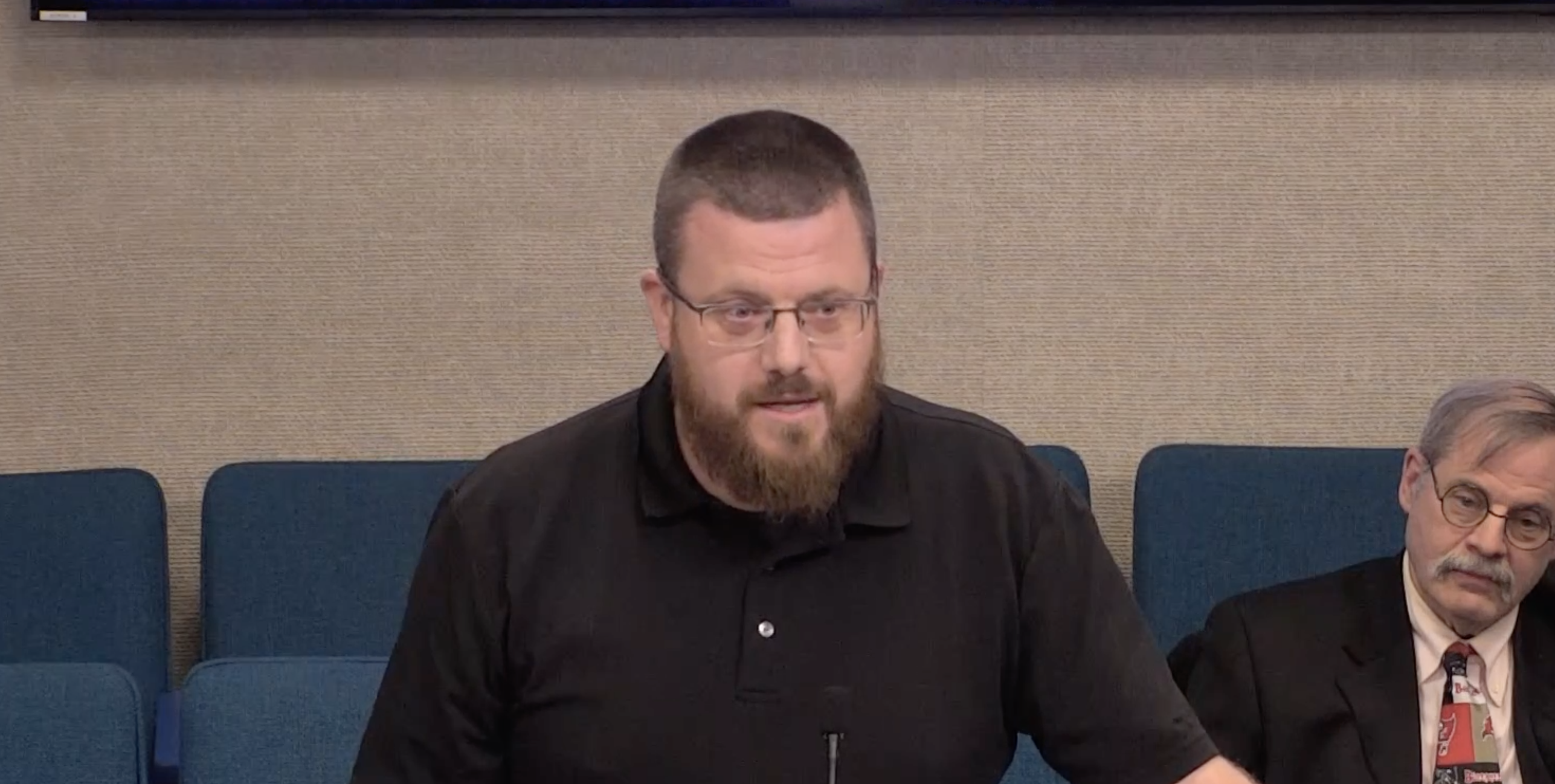In recent weeks, the U.S. economy has produced the highest inflation rate since the early 1980s. With millions of Americans left struggling to keep up with day-to-day expenses, it's leading to a vicious cycle of debt for many.
"Suddenly consumers find themselves not able to make ends meet, and they're turning to credit to pay for some of those items," said Barry Coleman, vice president of counseling and education programs for the National Foundation for Credit Counseling.
Federal data shows more than 191 million Americans have at least one credit card.
"The pandemic actually led to a decrease in credit card balances and delinquencies," Coleman said. "The economy sort of shrunk during that time, and I think people cut down on spending as a result of that. But certainly now we're seeing inflation, and that's leading to some of the challenges that we're seeing."
So, how much credit card debt do Americans have?
Total credit card debt reached $930 billion in the third quarter of 2022. For comparison, that's more than the $870 billion peak during the 2008 financial crisis, according to the latest numbers from the Federal Reserve Bank of New York.

Americans Are Using More Credit As Prices, Interest Rates Rise
The U.S. has its highest credit card debt in more than 20 years, as daily consumer prices continue to rise.
Credit card balances in 2022 climbed more than 15% from the year prior — the largest annual jump in more than 20 years. New York Fed researchers attributed that growth to "very robust" consumption, rising prices and consumers eating into savings.
Overall, household debt — things like student loans, mortgage debt, auto loan debt and credit card debt — also rose in the third quarter last year, bringing the collective household balances to a record-breaking $16.5 trillion.
Historically, the largest form of household debt has been mortgages, which makes up 71% of outstanding balances today after rising $1 trillion to total $11.7 trillion in 2022.
"Some of that has to do with rising interest rates, but also the rise in costs of homes, the sale price of homes, has increased also," Coleman said. "Additionally, balances on home equity line of credit have increased by $3 billion, and that's the second consecutive quarterly increase after years of declining balances. So consumers are turning to home equity lines of credit to make large purchases."
Home equity lines are revolving credit lines secured against a person's home, often used for large expenses or to consolidate higher-interest debt on other loans like credit cards.
Average credit card interest rates were about 16.3% at the start of 2022, jumping to 19.6% by year end, and experts say that rate is expected to further increase this year.
"All of this leads to, perhaps, difficulties that consumers may experience in making their credit card minimum payments, especially if they have multiple credit cards," Coleman said. "They're seeing increases in interest rates on all of these cards, and it just exacerbates the problem."
Looking ahead into 2023, many economists predict a recession is coming, and families in debt will no doubt be struck harder.

Ways To Decrease Economic Anxiety
While you might be concerned about the economy in the short term, experts say not to lose sight of long-term goals.









